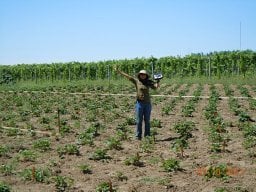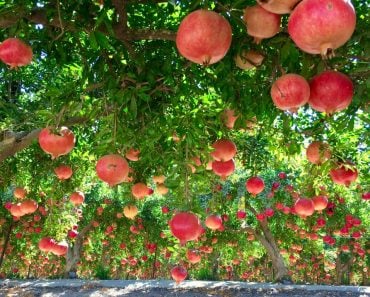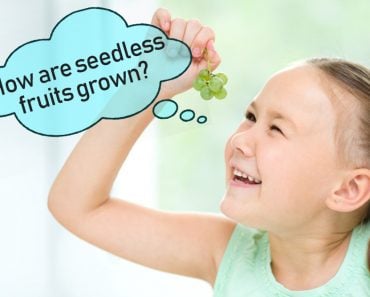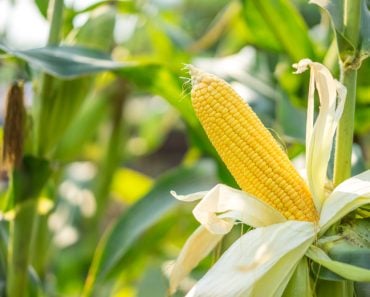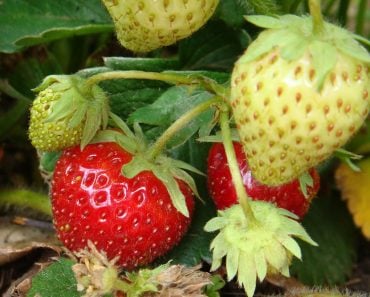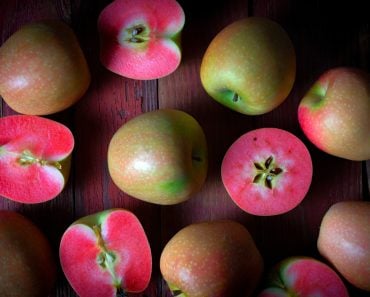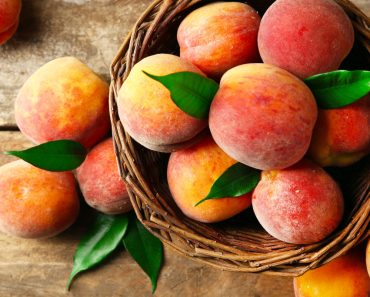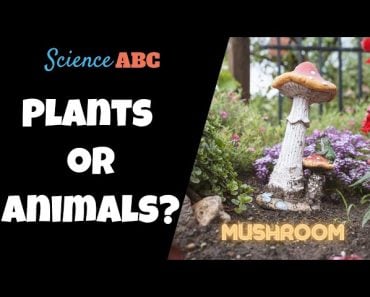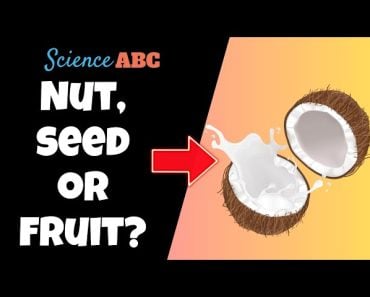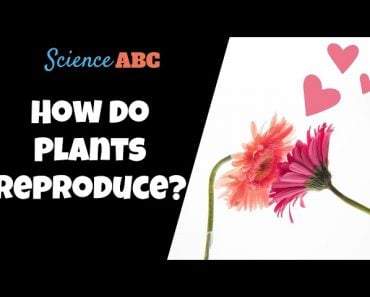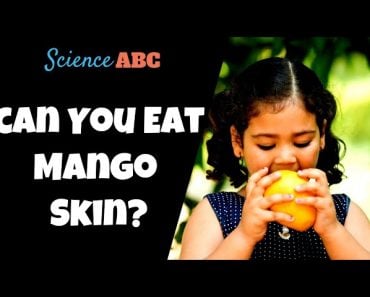Table of Contents (click to expand)
Botanically speaking, only blueberries are actual berries. Strawberries and raspberries are what we call aggregate fruit. Other fruits and vegetables that are true berries include pumpkins, eggplants, and tomatoes.
Bright red, juicy, and deliciously sweet strawberries are a favorite of many people around the world. Popular ‘berries’, including strawberries, raspberries and blueberries, are loaded with antioxidants and considered a health food. But did you know that strawberry is not actually a berry?
Botanically speaking, only blueberries are actual berries. Strawberries and raspberries are what we call aggregate fruit. Other fruits and vegetables that are true berries include pumpkins, eggplants, and tomatoes.
Confusing, isn’t it? Let’s look at what a true berry is, and why strawberries don’t make the cut.
Recommended Video for you:
About Strawberries
Strawberries belong to the rose family, Rosaceae, which also include popular fruits like peaches, plums, pears, apricots and apples.
The Latin name for cultivated strawberries is Fragaria x ananassa. The dominant variety was formed by the hybridization of two strawberry species: Fragaria virginiana, which is native to North America, and Fragaria chiloensis, which is native to Chile. Both species were imported into France in the 1700s and were grown in gardens. A chance hybridization of these two species in these gardens resulted in the hybrid Fragaria x ananassa. This hybrid is the parent of modern cultivated strawberries.
Strawberry plants are herbaceous perennials. Although their fruits have numerous seeds, they normally reproduce vegetatively by sending out modified stems, called stolons, which grow roots once they come in contact with soil. Once the roots have grown, the stolon separates from the parent plant and an independent plant develops. The plants propagate in this way and create clones. That said, it is also possible to grow strawberry plants from seeds.
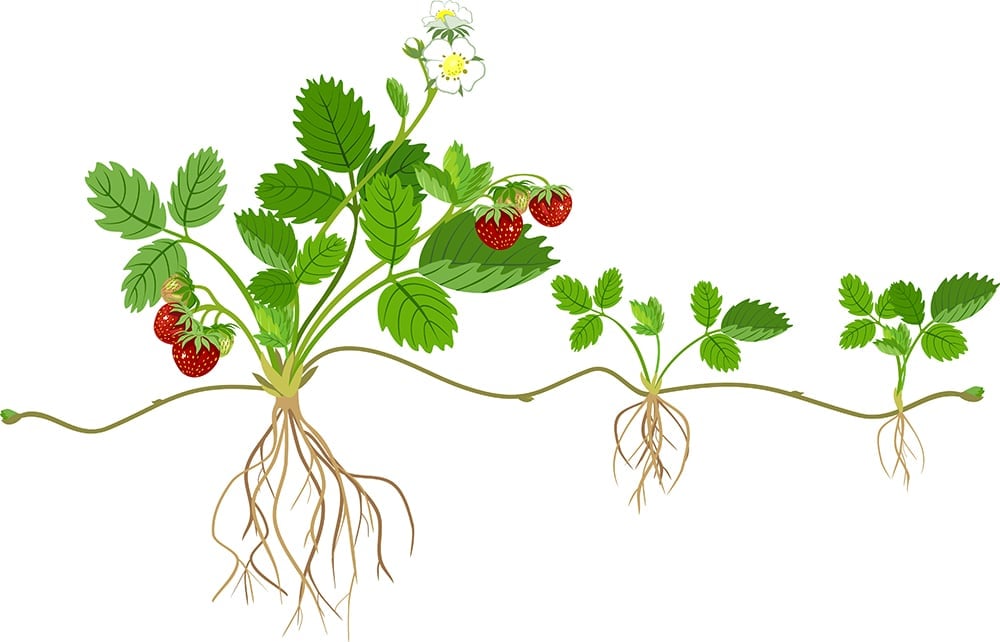
Fruits And Berries
A fruit is defined as “[…] a mature, thickened ovary or ovaries of a seed-bearing plant, together with accessory parts such as fleshy layers of tissue or pulp.” A true fruit forms from only the ovary tissue. Accessory fruits form from other parts of the plant.
A berry is a type of fleshy fruit that develops from a single ovary and does not split apart when mature (indehiscent). The entire ovary wall is edible. Berries can be small (e.g., blueberries and grapes) or large (e.g., eggplants and pumpkins). True berries develop from an ovary and consist of seeds surrounded by pulp.
Berries are characterized by a thin outer skin (called exocarp), a fleshy middle section (called mesocarp), and an innermost layer called the endocarp. The seeds are inside the endocarp. Berries have two or more seeds.
Strawberry Flower And Fruit
Strawberry flowers develop in a cluster at the tip of the plant as a terminal inflorescence. The central flower in the inflorescence is the primary flower and opens first. This primary flower develops into the largest fruit. The remaining flowers open later and develop into smaller fruits.
A strawberry flower consists of five white petals surrounded by a layer of five green sepals. These sepals later become the ‘cap’ of the fruit. They have 30-35 stamens or male parts. The stamens have pollen, which fertilize the female parts, or pistils. Strawberry flowers have 100-400 pistils. The pistils are supported on a cone-shaped receptacle that is an extension of the stem. It is this receptacle that forms the juicy parts of the strawberry fruit.
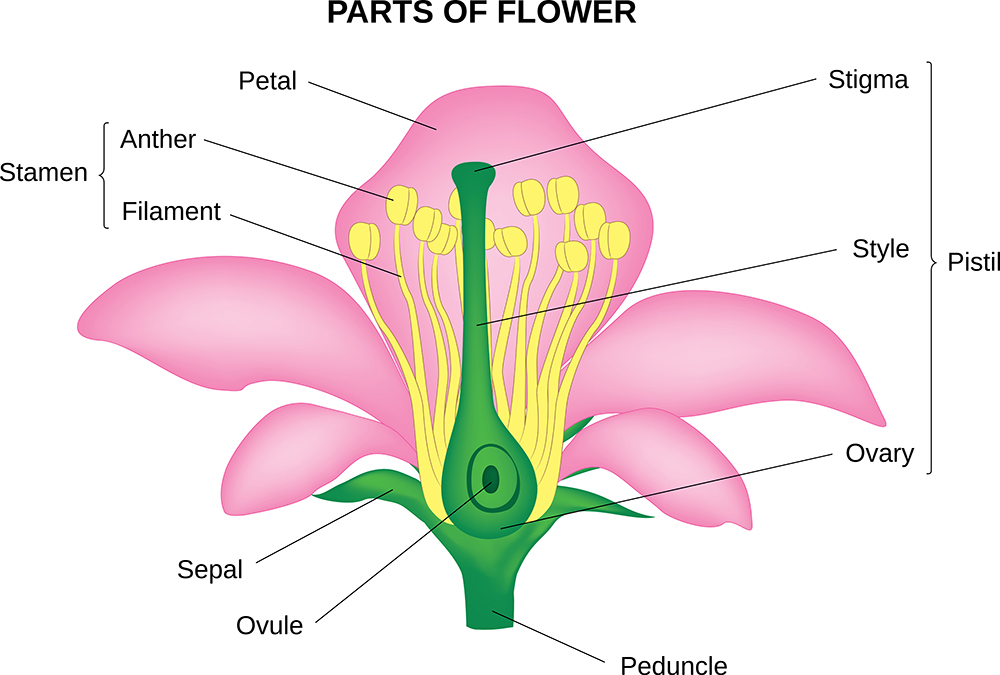
The flowers rely on bees for pollination, which leads to fertilization and fruit formation. If there is insufficient pollination, the fruits develop misshapen.
Botanically, strawberries are ‘false fruits’ or accessory fruits, as the part of the fruit we eat is not the ovary, but the receptacle. The receptacle is the part of the stem just below the flower. The receptacle enlarges through cell division and enlargement until the seventh day after the petals wither and fall off. After the seventh day, cell division stops and only cell enlargement continues.
Strawberries are also called aggregate fruits, since they consist of numerous achenes. Achenes are the small whitish seed-like structures on the surface of the strawberry, embedded into the fleshy receptacle. Technically, these are the true fruits. Each achene contains a tiny seed. On average, there are 200 achenes on a strawberry fruit. Unlike true berries, strawberries do not have an endocarp or pericarp.
Strawberries are similar to raspberries in that both have numerous ovaries in the fruit. However, these ovaries in the case of raspberries are juicy and delicious, while in strawberries they are dry and tasteless. Instead, the receptacle and stem of strawberries develop into the delicious fruit.
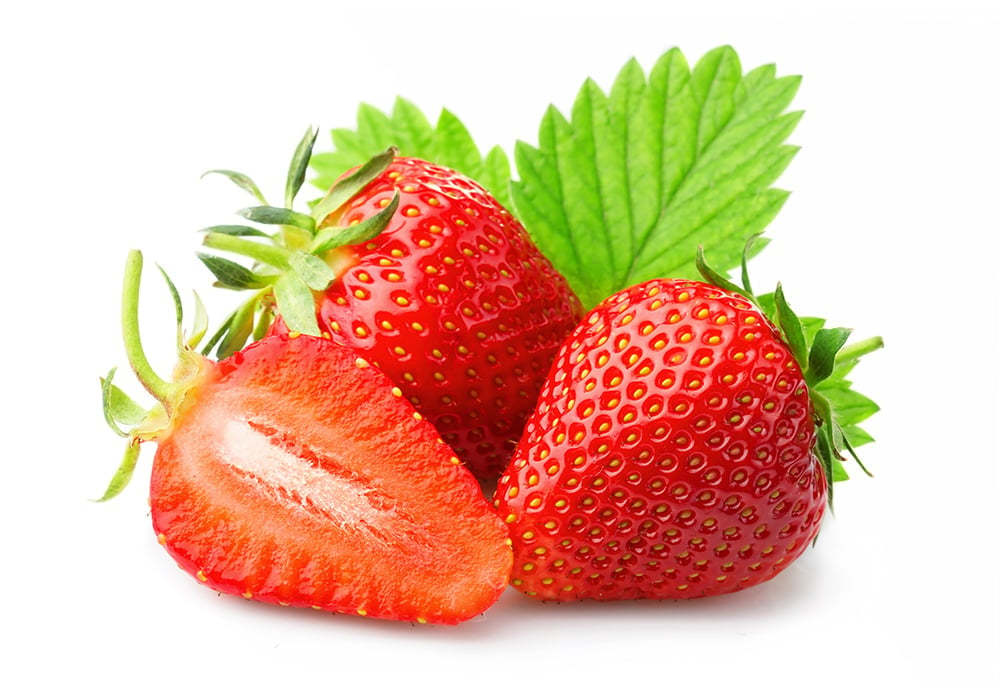
Conclusion
Although commonly referred to as a berry, strawberry is an aggregate accessory fruit made of the fleshy receptacle. The true fruits are the small white seed-like structures, called achenes, on the outer surface of this beloved and refreshing fruit!
References (click to expand)
- The Strawberry: A Multiple Fruit.
- Zhou, J., Li, M., Li, Y., Xiao, Y., Luo, X., Gao, S., … Liu, Z. (2023, July 13). Comparison of red raspberry and wild strawberry fruits reveals mechanisms of fruit type specification. Plant Physiology. Oxford University Press (OUP).
- Savini, G., Neri, D., Zucconi, F., & Sugiyama, N. (2005, August). Strawberry Growth and Flowering. International Journal of Fruit Science. Informa UK Limited.
- Strawberry: A Brief History - Integrated Pest Management.
- Strawberry Facts - Gulf Coast Research and Education Center.
- Satish Kuchi, V., & Sai Ratna Sharavani, Ch. (2019). Fruit Physiology and Postharvest Management of Strawberry. IntechOpen. doi: 10.5772/intechopen.84205

